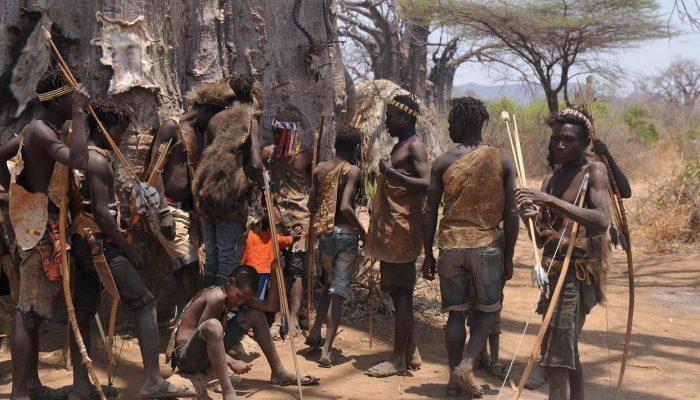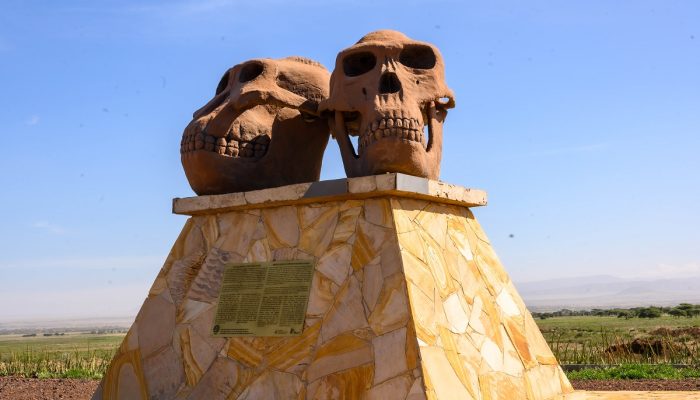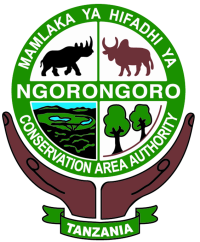Follow us
- Home
- About UsThe Organization
- NCA & NCAA
- Conservation
- TourismAttractions and Activities
- Cultural Heritage
- Geopark
- Community
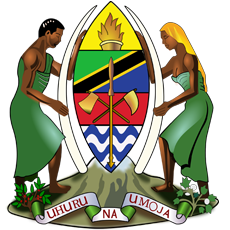
The United Republic of Tanzania
NGORONGORO CONSERVATION AREA AUTHORITY
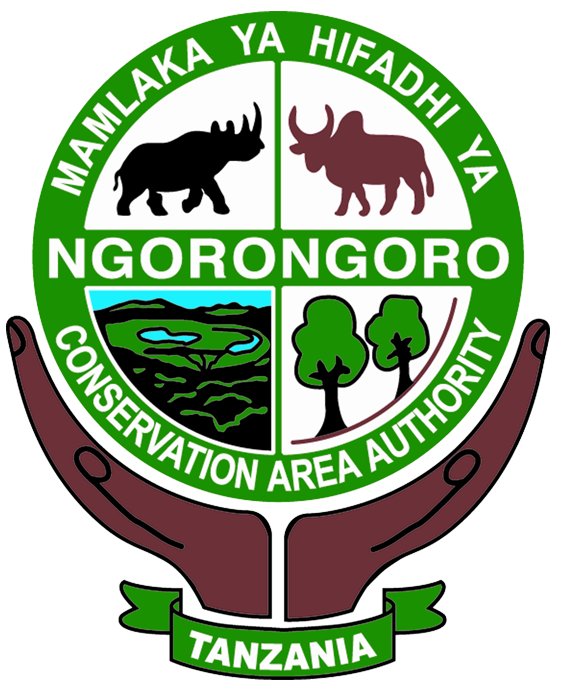
Follow us
- Home
- About UsThe Organization
- NCA & NCAA
- Conservation
- TourismAttractions and Activities
- Cultural Heritage
- Geopark
- Community
- Home
- About UsThe Organization
- NCA & NCAA
- Conservation
- TourismAttractions and Activities
- Cultural Heritage
- Geopark
- Community
Other Attractions/Outpost Nca Attractions
Amboni Caves
Amboni Caves are the most extensive limestone caves located 8 kilometres north of the Tanga region at Kiomoni village Tanzania. The caves were formed about 150 million years ago during the Jurassic age, and the caves cover almost 234 square kilometres of area.
Amboni caves area is characterized by deep gorges with rock walls, limestone pavements cut by deep fissures and dongas, fields of eroded limestone pillars and extensive systems of caves and rock shelters opening to the surface within the gorges.
Mbozi Meterorite
Mbozi meteorite (Kimondo) is an ungrouped iron meteorite found close to Mbeya city in the Mbozi district (Songwe region), the southern part of Tanzania.
It is one of the world’s largest meteorites. Mbozi meteorite is 3 meters (9.8 ft) long, 1 meter (3 ft) high and weighs around 16 metric tons (16 long tons, 18 short tons). Mbozi meteorite has been known to locals who call it Kimondo.
Mumba Rockshelter
Mumba is a huge area with complex combinations of physiographic features and landforms, including rock shelters, drawings, signs, and paintings. These significant features blend this cultural site and make it an exciting place to go for trips.
Next to this site is small forage and hunting community known as Hadzabe that mainly relies on what nature provides for survival through hunting small to largest games and collecting fruits from the bush for daily meals and lifetime endurance. This site also featured massive assemblages of Middle Stone Age (MSA) and Later Stone Age (LSA) that represent the history of transformation from early hunting to animal husbandry at times.
These historical records place Mumba and its surroundings, including the Lake Eyasi basin, on the list of key sites in East Africa for documenting the trend for technological and cultural innovations over the course of the MSA and subsequent cultures.
Engaruka Ruins
Engaruka is the area of the ancient land-use system featured by extensive terraces, stone-lined fields, cairns, stone circles and irrigation canals representing tremendous attractions around this historical village. AIt is situated below the east-facing escarpment of the East African Rift, at about 1000metres above sea level.
West of Engaruka Site is the Crater Highland volcanoes, including Ngorongoro Crater, Olmoti Crater, Embakaai and many other spectacular landforms protruding 2500 metres to more than 3600metres above the sea. The Village is blended by vast agricultural fields and modern and ancient settlements, and remnants of Irons smelting attract metallurgy scholars for research and interpretation.
Engaresero Footprints Site
The Engaresero Footprint Site, discovered in 2006, is located on the southern shore of Lake Natron in northern Tanzania. The site host well-preserved sets of fossilized hominid and animal footprints, including zebra and bovid.
These historical resources are preserved in volcanic ash deposits resulting from a series of eruptions from the nearby Oldoinyo Lengai, the only active volcano that emits natrocarbonatite lava. Tracks from this site represent one of the country’s best-preserved records of anatomically modern Homo sapiens.
Got a Question?
F.A.Q's
Please see below some answers to those frequently asked questions in Ngorongoro Crater, and if there is anything you think we are missing or you would like to know – please get in touch.
Ngorongoro is managed by a different government authority namely Ngorongoro Conservation Area Authority (NCAA). To get their details including fees kindly visit their website www.ngorongorocrater.go.tz
The Ngorongoro Crater is home to much more than wildlife safaris, with important cultural and archaeology here too.
Away from the wildlife, the Ngorongoro Conservation Area has other areas of significance. Oldupai Gorge is one of Africa’s most important archaeological excavations where some of the world’s most humanoid remains were discovered.
When travelling to foreign destinations it is always respectful to dress modestly and we suggest the emphasis is on comfortable clothing.
It is often warm on the plains and at lower altitudes but cold in the hilly and mountainous areas; a rain jacket, fleece and good quality walking shoes/boots are essential.
The Ngorongoro Crater is rich in wildlife, with many species calling this vast area home.
The Ngorongoro Crater is the world’s largest intact volcanic caldera with a diameter of 16km and a crater wall over 600m high. It is a true Garden of Eden, an extraordinary natural sanctuary for some of Africa’s densest large mammal populations and predators. Over 400 spotted hyenas exist in the crater (especially on the eastern shore of Lake Magadi), along with lion’s, leopard (spotted on occasions in the swampy areas), and black-backed and golden jackals.
The lion population has varied during the years partly due to migration into and out of the crater but mainly because of the vulnerability of the compact population. Cheetah, although common in the Conservation Area, are scarce in the Crater possibly due to the high rate of competition from other predators.
Elephant (especially around the Gorigor Swamp area) and buffalo are regularly seen. There also exist residential populations and large concentrations of wildebeest (over 10,000 in number), Burchell’s zebra (approximately 5,000), and buffalo, Thomson’s and grant’s gazelle in the open grasslands of the crater floor. The Ngorongoro Crater is perhaps the best place in Africa to see the endangered black rhinoceros.
EXPERIENCE | EXPLORE | LEARN
OTHER ATTRACTIONS
The Ngorongoro Crater is the world's largest intact and unfilled volcanic caldera and the Ngorongoro Conservation Area's main tourists’ attraction.
The Olduvai Gorge is a remarkable archaeological site in East Africa and It is the one of the most important prehistoric sites in the world with crucial evidence of human evolution.
The Empakai crater is one of the multi-volcanic calderas in the Ngorongoro Conservation Area, with a beautiful lake that makes up more than 75% of its crater floor.
The Nasera rock is situated about 20 kilometers North of Olduvai Gorge. An admirable rock standing 100 metres above the plains.
The Olduvai Gorge Museum is an onsite museum built next to the most famous archaeological site in East Africa. It is situated six kilometers from the main road junction where the Zinjanthropus monument stands on the way to Serengeti National Park.
The Endoro Waterfalls is a source of a natural spring that forms the Endoro River, which flows from the rim of the Ngorongoro Crater.
The Olkarien Gorge is a massive granite monolith on the outskirts of the Gol Mountains in northern Tanzania.It is a nesting site for hundreds of the Ruppell's griffon vulture.
Olmoti Crater is situated at the Northern end of the Ngorongoro Crater, and offers scenic view of highlands. It is a water a catchment for Ngorongoro rich in flora and fauna.
Laetoli is one of Africa's most important paleontological site with evidence of early human bipedalism dating back 3.76 mya.
Is a moving black dune, composed of volcanic ash from the nearby volcanic mountain - oldoinyo lengai. It is moving slowly westwards across the Ngorongoro plains at a rate of about 15 to 20m per year.
Mount Lolmalasin is the crater mountain in the Ngorongoro Conservation Area and the third highest mountain in Tanzania standing at 3700m above sea level.
The Gol Mountains are located at the north-end of the Ngorongoro Conservation Area and is an example of a fault-bounded mountain range.
The Ndutu plains is located in the Ngorongoro Conservation Area, on the outskirts of the Southern Serengeti plains. It is where the great migration wildebeest migration take place in Ngorongoro.
Quick Links
GIVE US YOUR FEEDBACK
what is your experience at NCAA
FAST RESPONSE
chat with our representative
TARIFFS
entry fee, motor vehicle, crater fee etc
GIVE US YOUR FEEDBACK
what is your experience at NCAA
FAST RESPONSE
chat with our representative
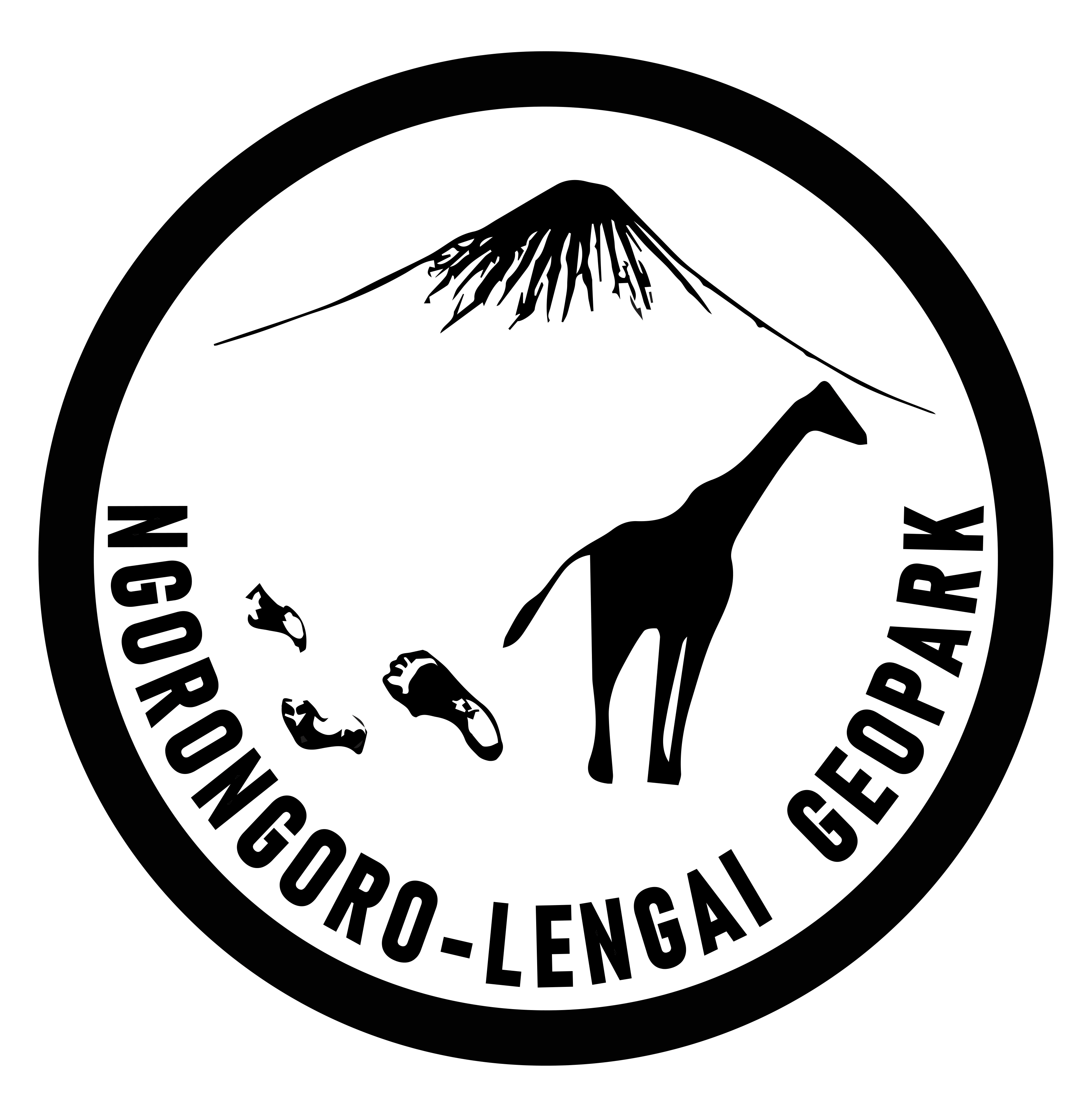


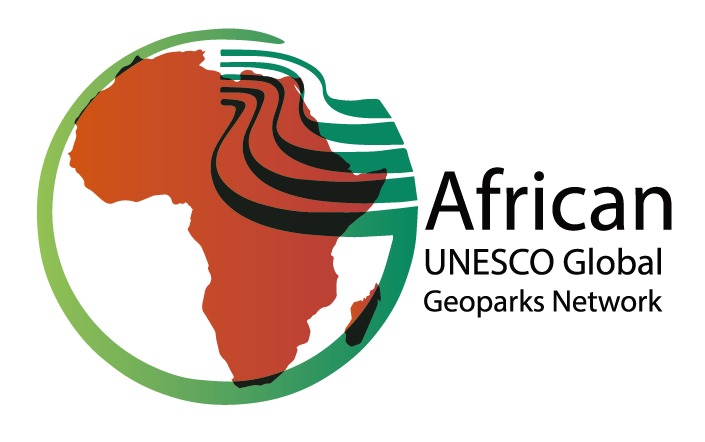
- COVID 19 POLICY & GUIDELINE

